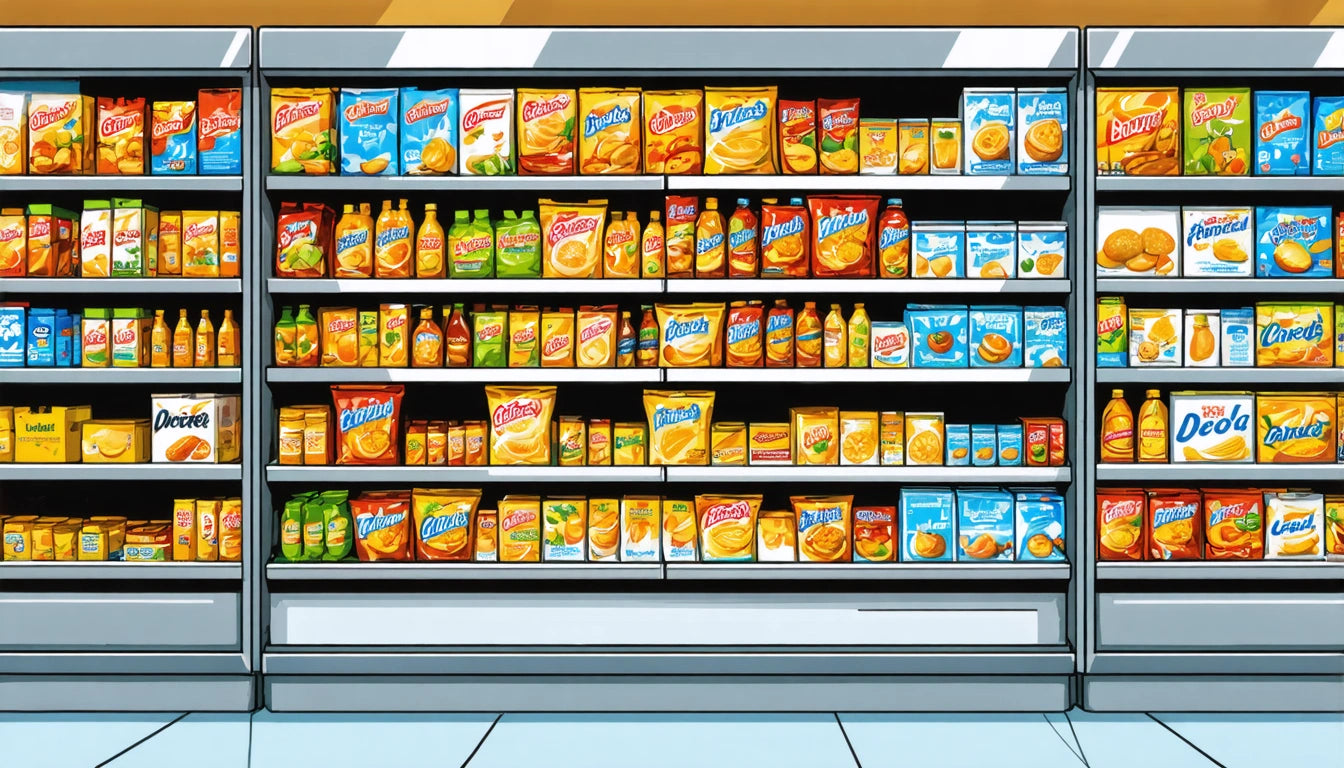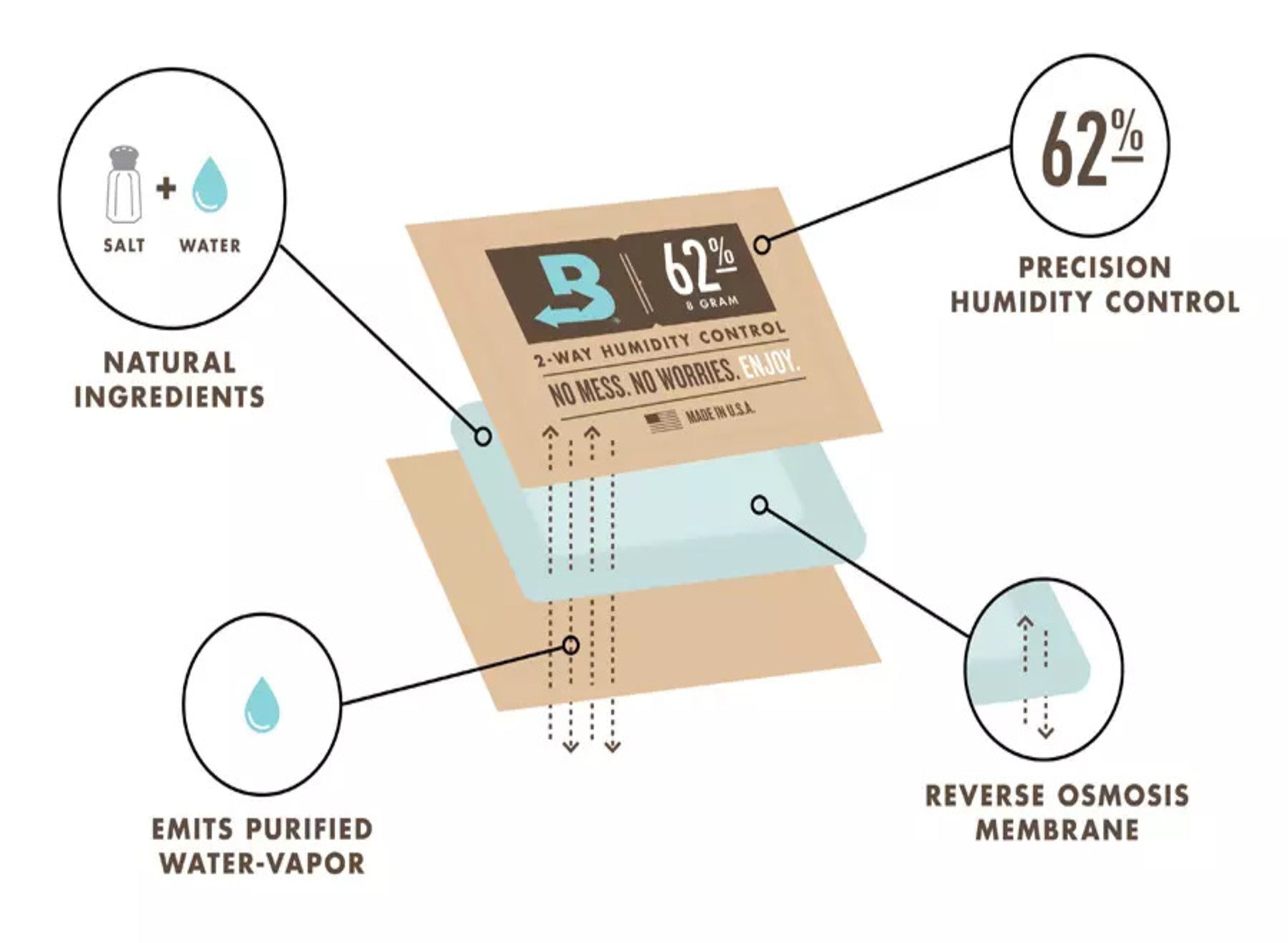Packaging Built for Shelf Impact in Club Stores
Club stores present unique challenges and opportunities for brands seeking to maximize shelf impact. With their warehouse-like settings, bulk-buying customers, and distinct merchandising requirements, packaging that succeeds in traditional retail environments often falls short in club stores like Costco, Sam's Club, and BJ's Wholesale.
Unique Challenges of Club Store Environments
Club stores differ fundamentally from conventional retail spaces. Their high ceilings, industrial lighting, and pallet-based displays create a shopping experience where products must work harder to capture attention. Unlike traditional retail where products might enjoy eye-level placement on shelves, club store items often sit on pallets or in large bins where only the top and front faces remain visible.
Additionally, the typical club store shopper makes faster decisions while covering more ground. Research shows consumers spend an average of just 2.5 seconds evaluating a product in club store environments versus 4-7 seconds in traditional retail settings. This compressed decision window makes immediate visual impact critical.
Designing for Visibility and Scale
Color Strategy and Visual Hierarchy
Successful club store packaging employs bold, high-contrast color schemes that register even from a distance. As highlighted in this guide on retail packaging that pops, color blocking and distinctive silhouettes help products stand out in visually cluttered environments.
Graphics should be scaled up significantly compared to conventional packaging. Text that reads well on a standard retail shelf often becomes illegible in the vastness of club store aisles. Key product benefits and brand identifiers need particular emphasis, often at 150-200% the size used in standard retail packaging.
Multipacks and Bundling
Club stores typically sell products in multipacks or larger quantities. Effective packaging must showcase not just the individual product but communicate the value proposition of the bulk purchase. This often means creating entirely new packaging structures rather than simply shrink-wrapping multiple retail units together.
Structural Integrity and Functional Design
The physical demands on club store packaging exceed those in standard retail. Products may be stacked several layers deep on pallets, requiring packaging with superior compression strength. Additionally, many club stores use the original shipping container as the display vehicle, requiring packaging that arrives retail-ready despite rough handling throughout the supply chain.
Brands investing in club store channels often need specialized equipment for accurate production measurements. Our precision digital scales collection offers solutions for ensuring consistent product weight across bulk packaging runs, critical for maintaining quality in high-volume production environments.
Sustainability in Club Store Packaging
Despite the larger format, club store packaging presents unique opportunities for sustainability. The higher product-to-packaging ratio often results in less overall waste per unit sold. Forward-thinking brands leverage this advantage by highlighting their environmental commitments directly on packaging.
As explained in this article on packaging as a silent salesperson, sustainability messaging resonates particularly well with club store demographics, who increasingly factor environmental impact into purchasing decisions.
Testing and Optimization Strategies
- Conduct in-context visibility testing from various distances and angles
- Use eye-tracking studies to verify that key information registers quickly
- Test structural integrity under simulated pallet-stacking conditions
- Evaluate package functionality with actual consumers in bulk-shopping scenarios
- Compare performance metrics between standard retail and club store packaging versions
These testing methodologies help brands refine their club store packaging before full-scale production. As detailed in this resource on big-box store shelf appeal, even small adjustments to packaging elements can significantly impact performance.
Future Packaging Innovations for Club Stores
The future of club store packaging lies at the intersection of technology, sustainability, and enhanced functionality. Smart packaging with QR codes linking to detailed product information helps bridge the information gap created by fast-paced club store shopping. Additionally, advancements in materials science are producing packaging with improved strength-to-weight ratios, allowing for robust protection with less material.
Brands that invest in club store-specific packaging rather than adapting standard retail packages consistently outperform competitors in this channel. The unique dynamics of warehouse shopping environments demand purpose-built solutions that address visibility, durability, and immediate communication challenges not present in other retail formats.
By approaching club store packaging as a specialized discipline rather than an afterthought, brands can transform the challenges of these high-volume retail environments into significant competitive advantages.











Leave a comment
All comments are moderated before being published.
This site is protected by hCaptcha and the hCaptcha Privacy Policy and Terms of Service apply.